Feeds
All Feeds Content
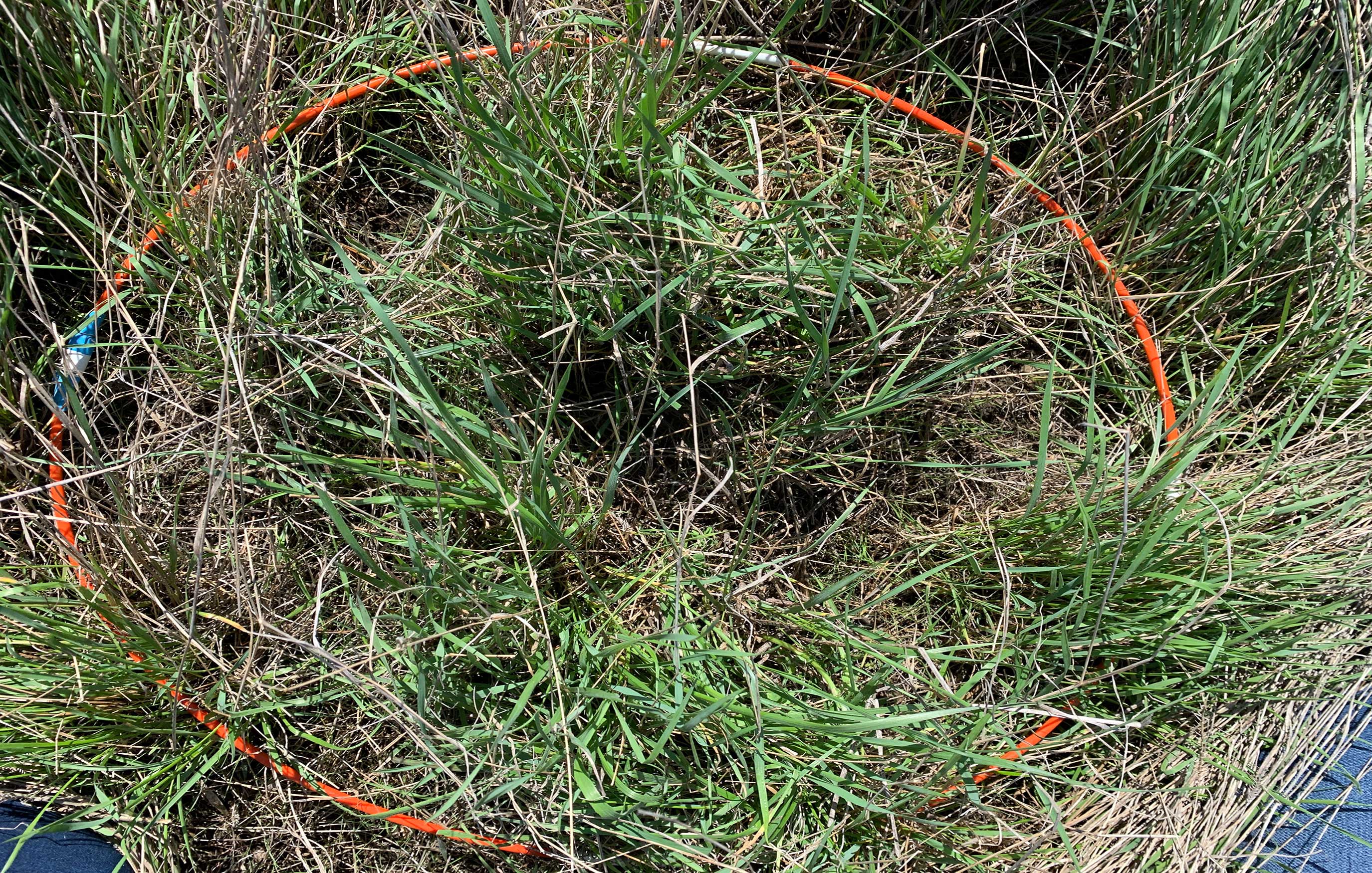
You Can’t Manage What You Don’t Measure: Range Record Keeping
Range record keeping helps detect and demonstrate landscape changes that have a direct impact on your ability to maintain or grow your herd.
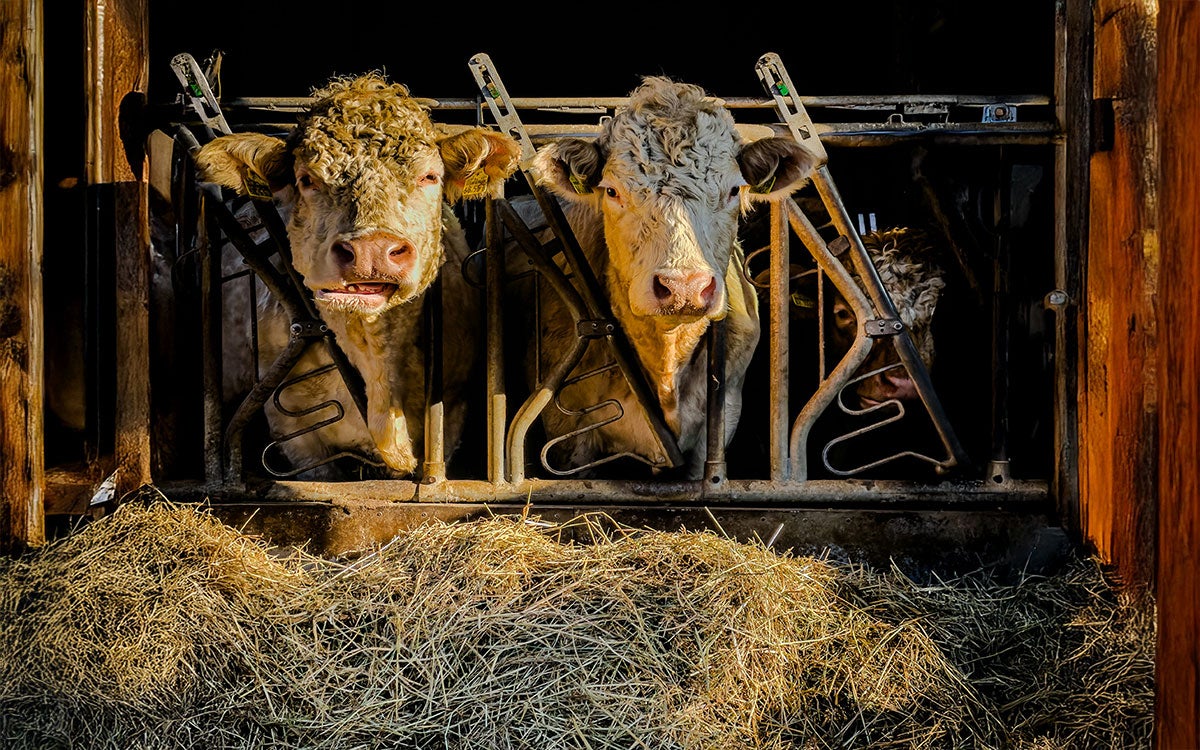
Feed Management for Efficient U.S. Livestock Systems: Introducing the National Animal Nutrition Program’s Feed Management Committee
The National Animal Nutrition Program’s Feed Management Committee brings together experts in animal science, nutrition, and natural resource management to increase awareness and use of livestock feeding management and to address conservation needs.
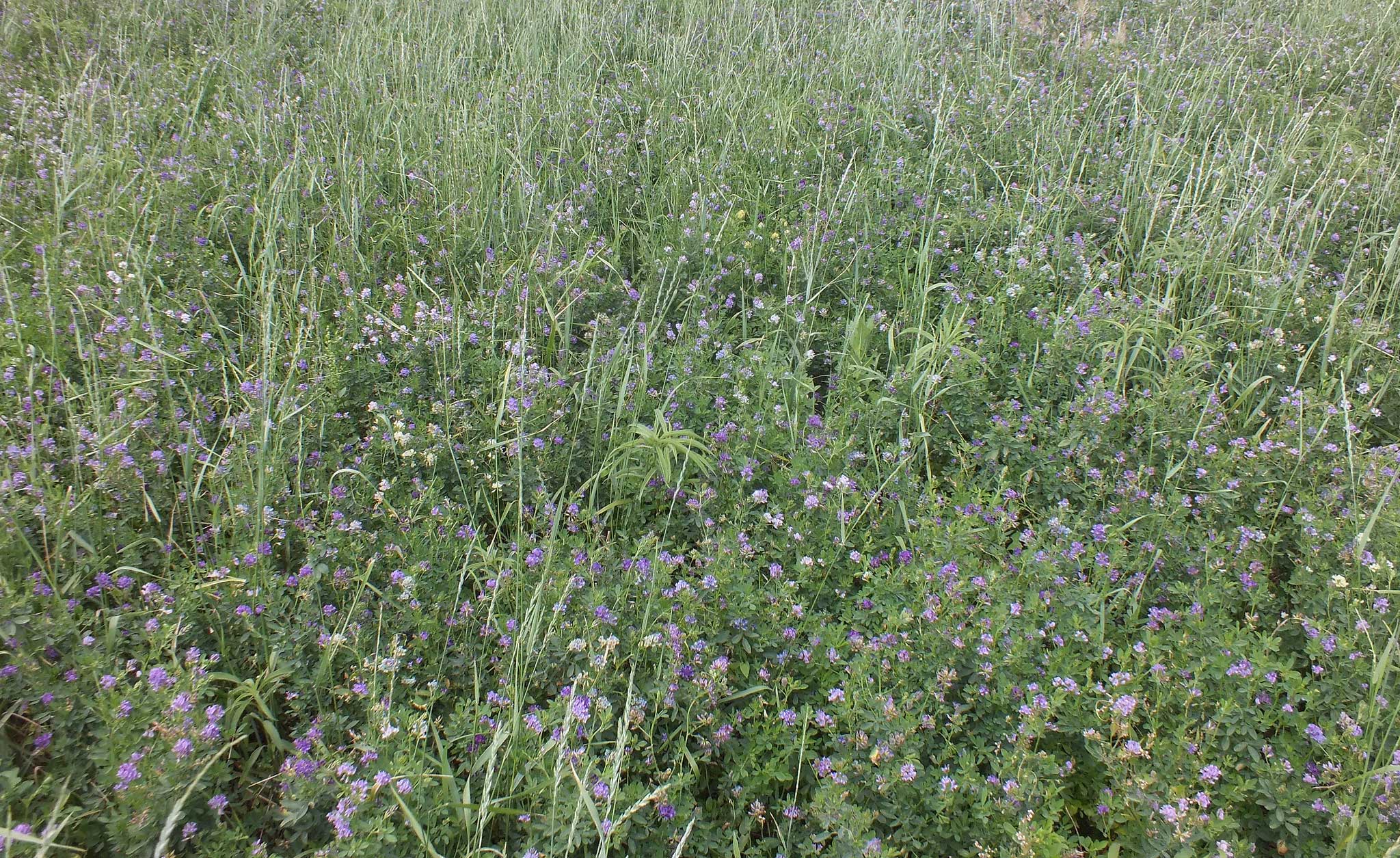
Nitrate QuikTest for Forages
The Nitrate QuikTest for Forages is available at various SDSU Extension locations and veterinary clinics across the state and is designed to be used with standing forages prior to harvesting for hay or grazing.
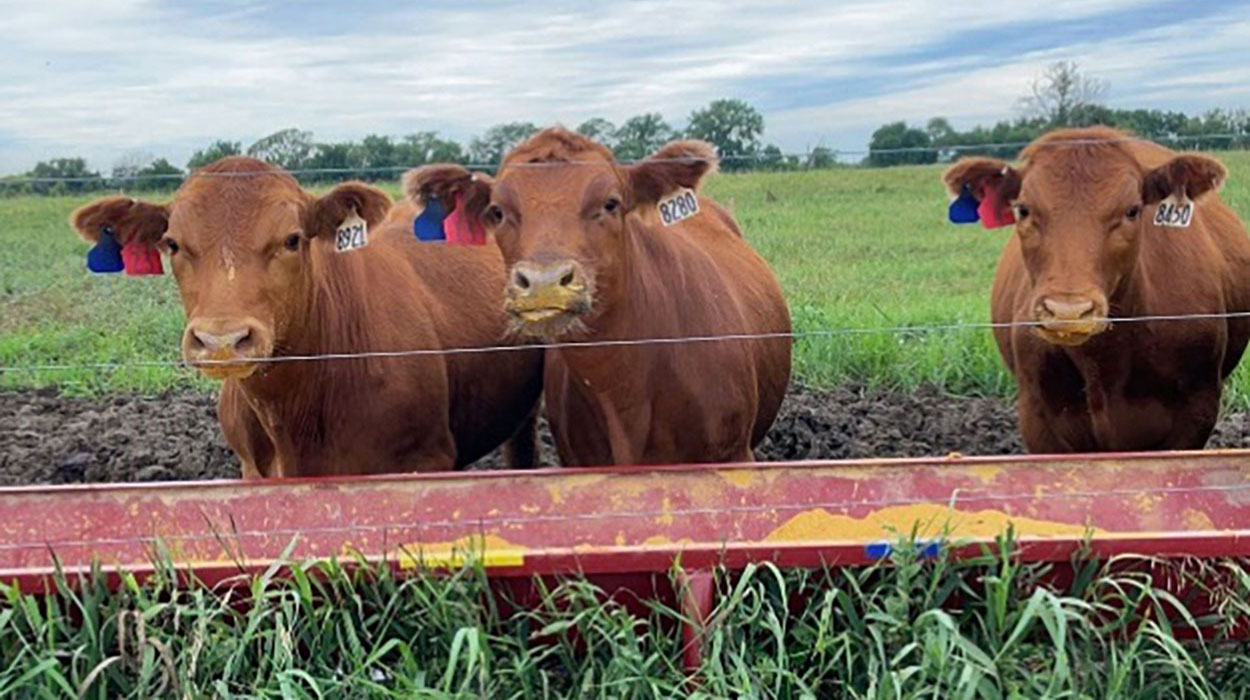
Animal Science Research and Extension Report
Research report from Animal Science Department covering a variety of areas in livestock production.
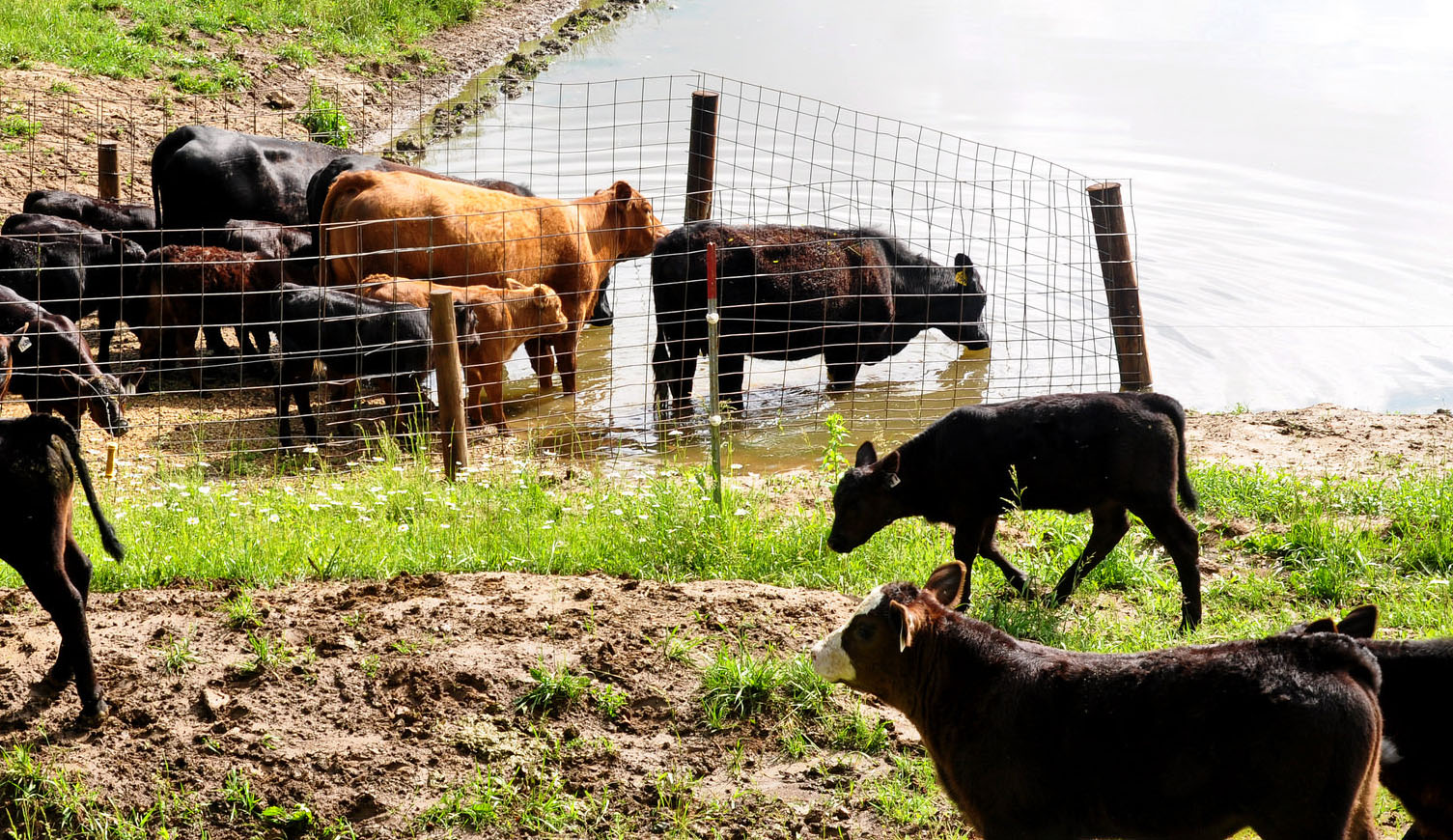
Low-Stress Weaning
Low-stress weaning methods, such as fenceline weaning and two-step weaning, can reduce calf stress and potentially improve health and performance.
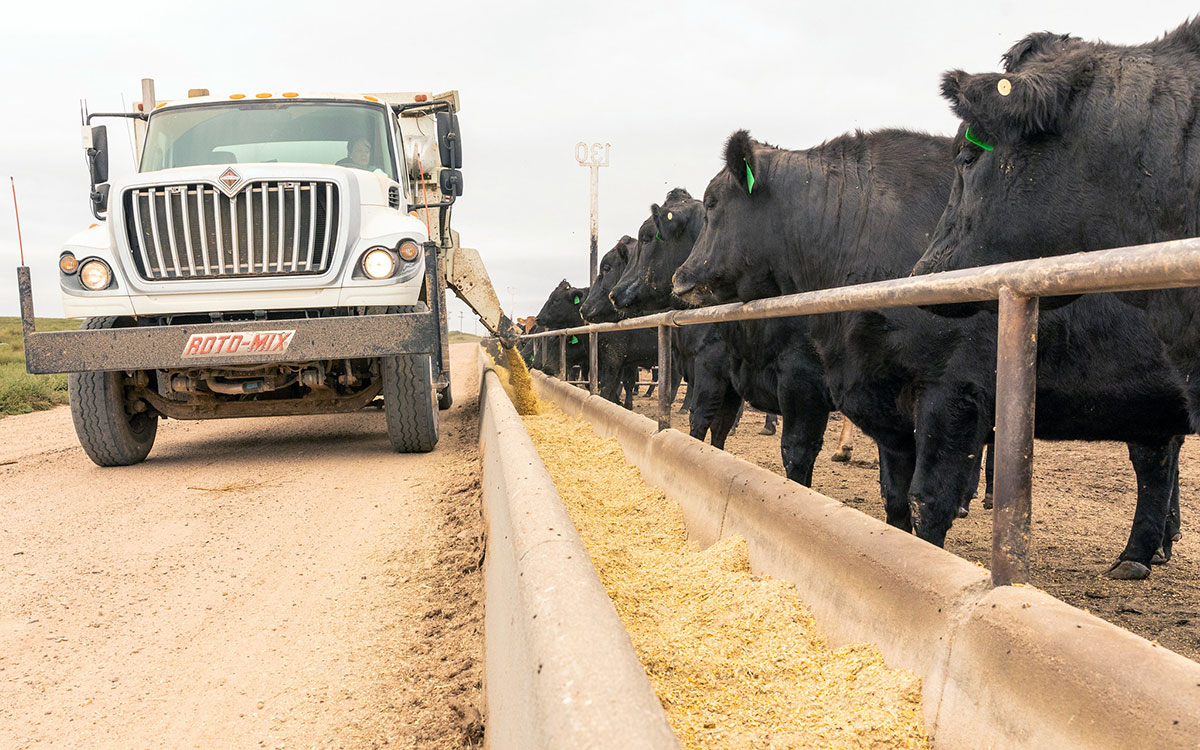
How Protein Source Affects Protein Metabolism in Ruminants
While it is common to balance beef cattle diets based on the crude protein system, it does not paint an accurate picture of what is occurring inside the animal, leading to gaps in nutrition and economic losses.
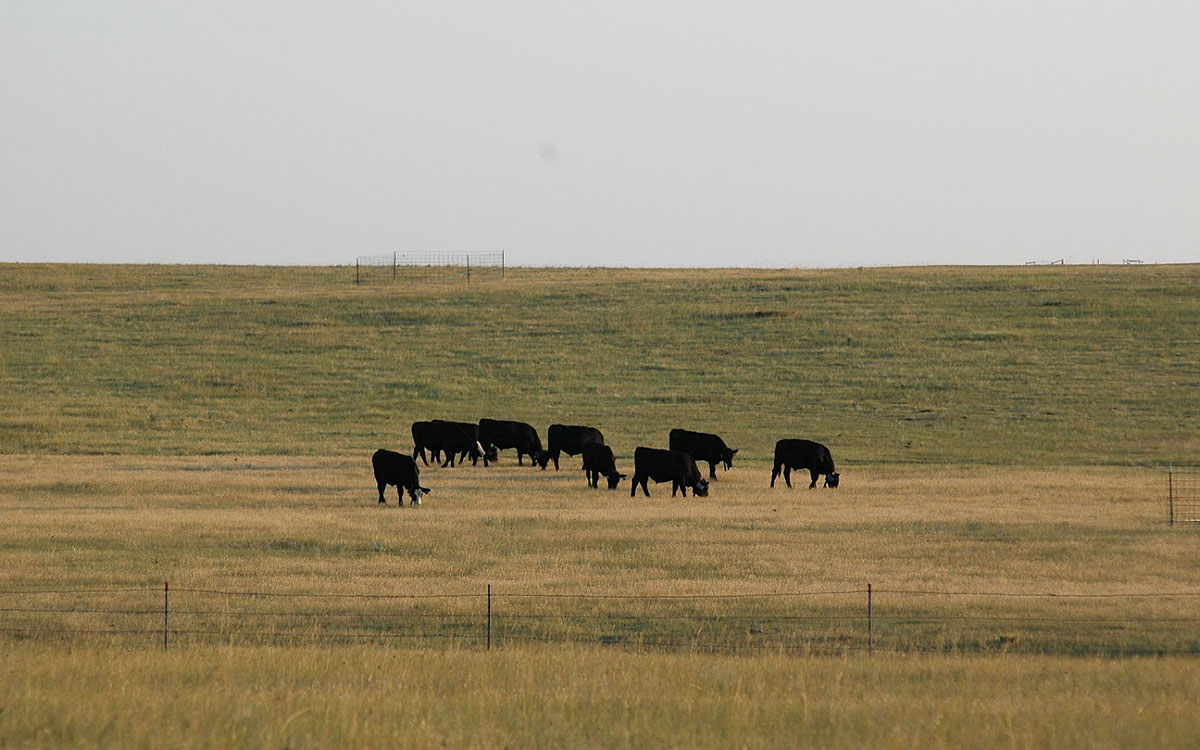
Increasing Adaptability With Alternative Grazing Strategies
The greatest sum in most cattle budgets is simply keeping cows fed. Whether grazing cropland or grassland, there are countless opportunities to improve your operation's bottom line through alternative grazing strategies.

Smooth Bromegrass Grazing Management
Smooth bromegrass is a cool-season introduced grass with an advanced root system that tolerates temperature extremes and drought exceptionally well.
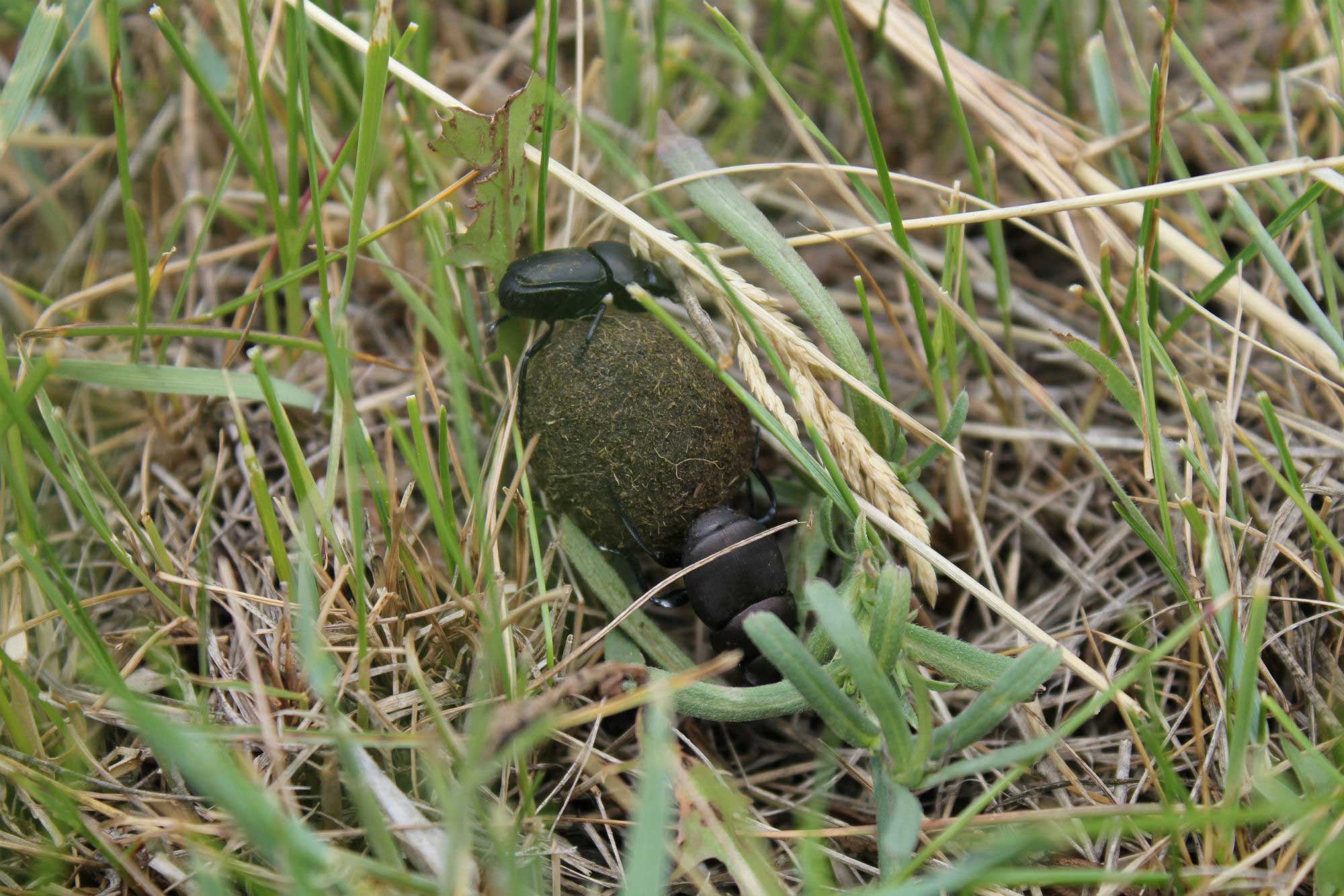
Managing Livestock for Dung Beetles and Other Beneficial Species
South Dakota researchers have taken a closer look at the function of dung beetles in Eastern South Dakota over the last few years. This article summarizes findings related to management of livestock grazing and chemical pesticides in relation to dung beetle and insect community health.
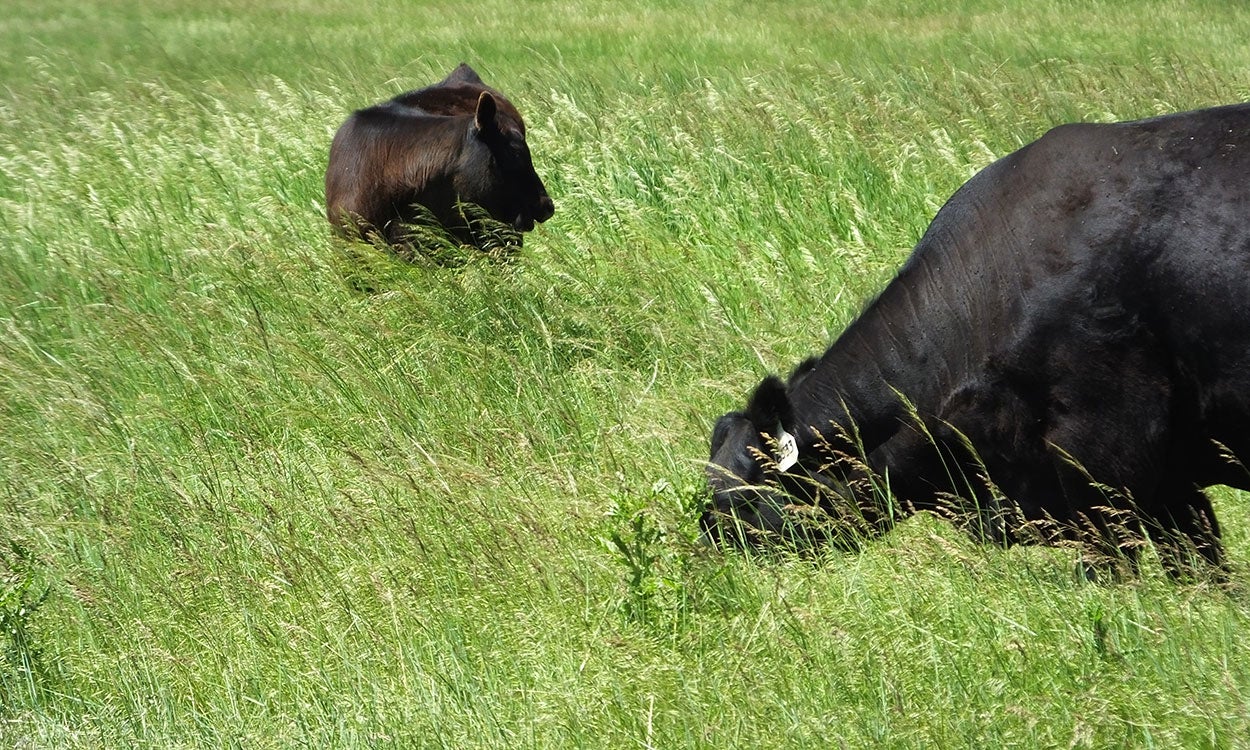
Grass-Fed Beef: Understanding Terminology in Conventionally Raised Beef and Grass-Fed Beef
What makes grass-fed beef different from conventionally raised beef? This is perhaps the most-common and sometimes most-complex question that arises amongst those hoping to understand the similarities and differences between conventional and grass-fed beef.